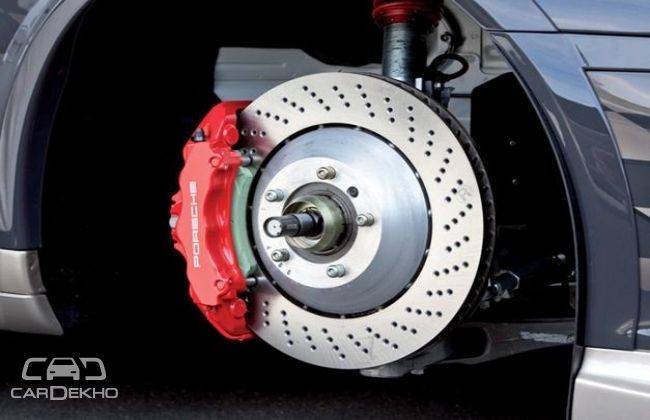What is a fuel injector & how it works.
Published On Nov 28, 2014 06:28 PM By Firdaus
- Write a comment
Understanding fuel intake systems- Fuel Injectors

All modern cars today use fuel injectors to supply fuel to the engine. These are small electro mechanical devices that spray fuel directly in front of the intake manifold placed in front of the intake valve of the engine. To put it in simple words a fuel injector operates like a gate which opens just long enough to feed the right amount of fuel in the engine.
The injector is electronically controlled. It is provided pressurized fuel by the car’s fuel pump and has a high micron filter at the top and small holes at the bottom. The filter ensures that any sediment from the fuel pump or the gas tank doesn’t enter the injector. After entering the injector the fuel exits from the bottom in an atomized form. The aim is to get as fine a mist as possible for better combustion.

A fuel injector consists of an electromagnet, a plunger and a valve. When the injector is energized, the electromagnet moves the plunger opening the valve allowing the atomized fuel to eject.
The amount of fuel supplied to the engine depends on how long the fuel injector valve is open and this is known as pulse width. The fuel injector is controlled by the car’s ECU and when the throttle valve opens letting in more air, the ECU sees the open valve and increases the fuel flow to the engine. Sensors monitor the amount of air entering the engine along with the quantity of oxygen in the exhaust, this information is fed to the ECU which then fine-tunes the air-fuel ratio to ensure just the right amount enters the engine. The valve in the fuel injector opens and closes at the same rpm as the engine which is around 138,000 times an hour!
Fuel injectors come in various sizes depending on the power demand of the engine. There are two types of fuel injector systems.

1.Throttle body injection
This is the first and the oldest system. One or two fuel injectors are placed in the throttle body itself and they supply all the cylinders with a metered amount of fuel misted into the intake manifold. This system was more efficient than carburetors since it could easily adjust according to air density and altitude and was not dependent on the vacuum manifold. The drawback with this system was that the cylinders closest to the injectors would get a better mixture than the ones far away.
2.Individual port injection
As the name goes in this system the injector feeds fuel directly into the individual cylinder ensuring all cylinders get the same amount of fuel at the same time.
Hope this article helped you understand fuel injectors better.










